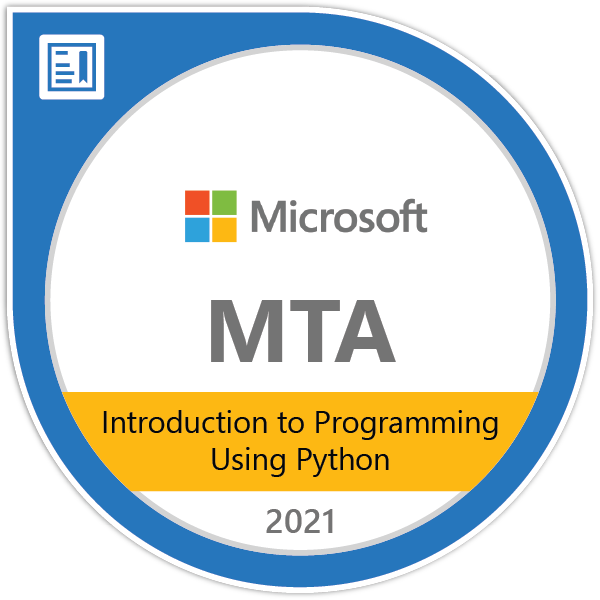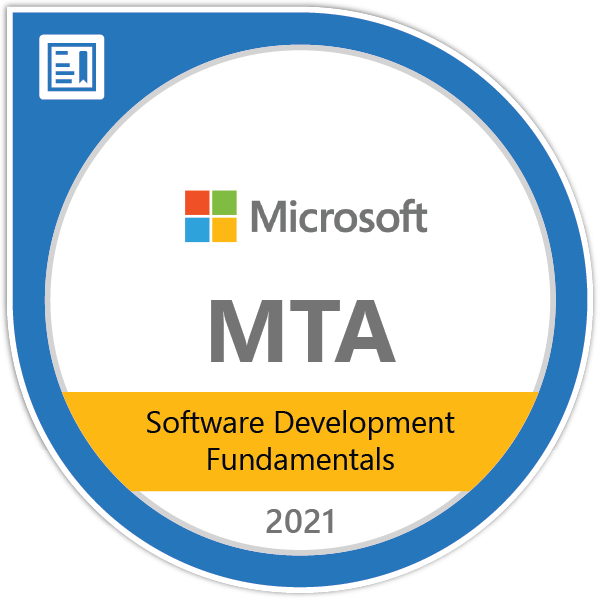Candidates for this exam will demonstrate foundational knowledge of how to design and query relational databases, such as MySQL, Microsoft SQL Server, or Oracle.
Database Design
1.1 Given a scenario, design tables for storing data
• Identify entities, rows/records, columns/fields
1.2 Given a scenario, identify the appropriate primary key
• Primary key, composite/compound key
1.3 Given a scenario, choose data types to meet requirements
• Definition and importance of data types; how data types affect storage
requirements; data types for storing text, numbers, dates and times, and
Boolean values
1.4 Given a scenario, design relationships between tables
• How to establish relationships using primary and foreign keys, entityrelationship diagrams (ERDs), referential integrity
1.5 Normalize a database
• Reasons for normalization, how to normalize a database to third normal
form (3NF)
1.6 Given a scenario, identify data protection measures
• Backups, restore, principle of least privilege , GRANT, WITH GRANT
OPTION, REVOKE, purpose of roles
2. Database Object Management using DDL
2.1 Construct and analyze queries that create, alter, and drop tables
• Create, alter, and drop tables by using proper ANSI SQL syntax; NULL and
NOT NULL
2.2 Construct and analyze queries that create, alter, and drop views
• Create, alter, and drop views by using proper ANSI SQL syntax; purpose of
views
2.3 Construct and analyze stored procedures and functions
• Input and output parameters, return values, purpose of stored procedures
2.4 Given a scenario, choose between clustered and non-clustered
indexes
• When to use clustered vs. non-clustered indexes, syntax for creating
indexes
3. Data Retrieval
3.1 Construct and analyze queries that select data
• INNER JOIN, LEFT JOIN, RIGHT JOIN, CROSS JOIN (Cartesian product),
and FULL OUTER JOIN; self joins; combine result sets by using UNION and
INTERSECT; DISTINCT; column alias; computed columns
3.2 Construct and analyze queries that sort and filter data
• ORDER BY, WHERE, LIKE, BETWEEN, AND, OR, NOT, TOP (LIMIT), IN, NOT
IN, ANY, ALL, NULL, NOT NULL, comparison operators
3.3 Construct and analyze queries that aggregate data
• GROUP BY, HAVING, MIN, MAX, COUNT, AVG (AVERAGE), SUM
4. Data Manipulation using DML
4.1 Construct and analyze INSERT statements
• INSERT INTO SELECT, INSERT INTO VALUES
4.2 Construct and analyze UPDATE statements
• Update data in a single table
4.3 Construct and analyze DELETE statements
• Delete data from a single table
5. Troubleshooting
5.1 Troubleshoot data object management query failures
• Syntax and runtime errors
5.2 Troubleshoot data retrieval query failures
• Syntax and runtime errors
5.3 Troubleshoot data manipulation query failures
• Syntax and runtime errors

CERTIPORT
Related Programs

Microsoft Technology Associate (MTA): Database Fundamentals
-
Rp. 850.000Rp. 550.000
Test

Microsoft Technology Associate (MTA): Introduction to Programming Using Python
-
Rp. 850.000Rp. 550.000
Test

Microsoft Technology Associate (MTA): Introduction to Programming Using JavaScript
-
Rp. 850.000Rp. 550.000
Test

Microsoft Technology Associate (MTA): Software Development Fundamentals
-
Rp. 850.000Rp. 550.000
Test
.png)